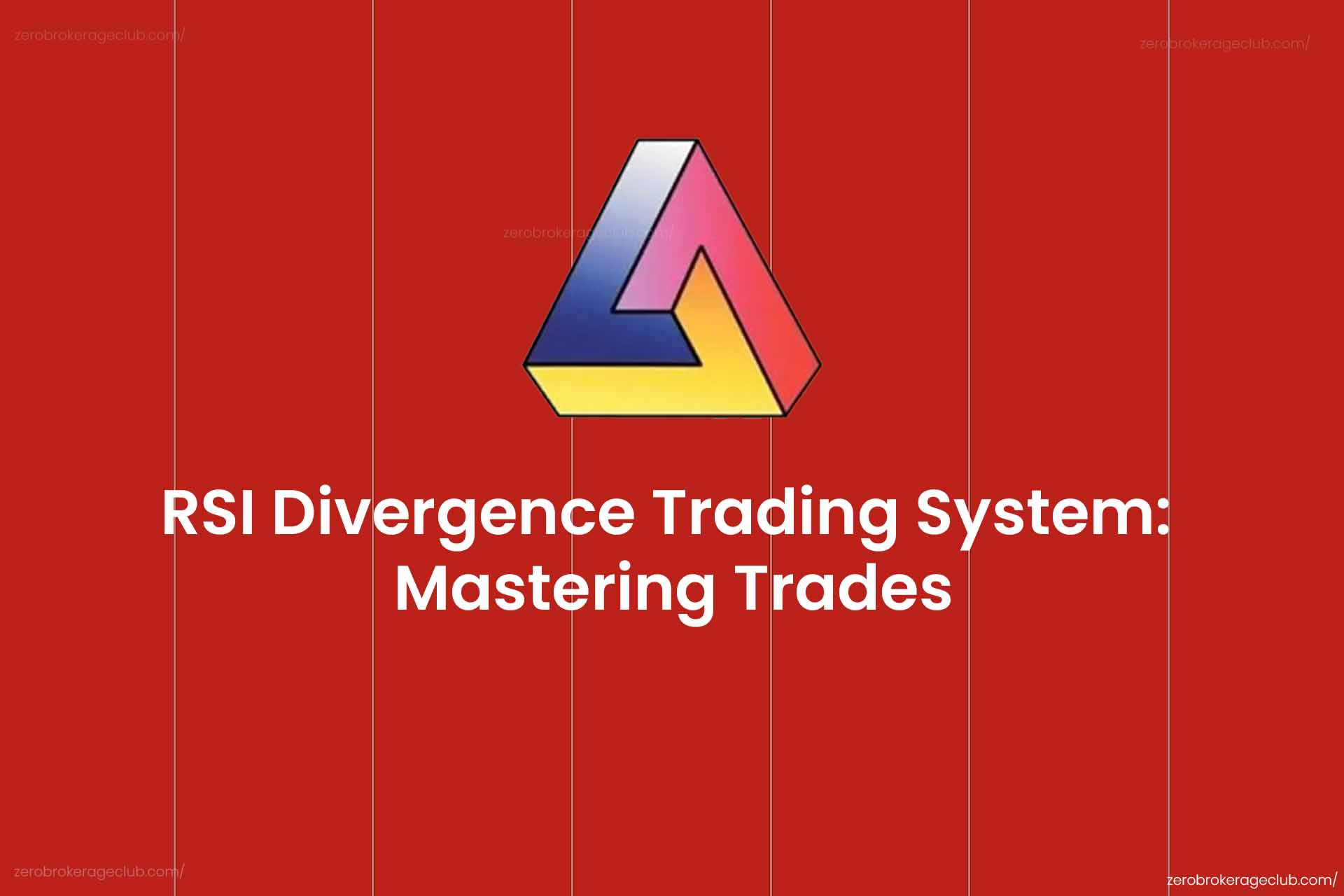Entering the stock market feels like learning a new language. It comes with its unique set of terms, often called Stock Market Jargon. For beginners, these terms can seem daunting. However, understanding them is key to successful trading and investing. This guide demystifies the common Stock Market Jargon you need to know. It helps you navigate the ever-changing stock markets with ease.
Also Read: 7-Step Journey to Becoming a Profitable Trader
8 Essential Stock Market Jargon Terms for Beginners
Below are 8 crucial Stock Market Jargon terms that can help both traders and investors:
Long Position – ‘Long position’ or ‘going long’ means buying or planning to buy shares. It shows the expectation of an increase in value. For example, if you buy shares from Biocon, you are long on Biocon.
Short Position – In stock markets, you can sell before you buy. This practice is known as shorting. For example, sell a stock for 100 INR and buy it later for 95 INR, making a 5 INR profit.
Square off – This term refers to closing an existing market position. It balances your buys and sells in the market.
OHLC – OHLC stands for Open, High, Low, and Close. It denotes stock price movements during a trading day. For instance, TCS’s OHLC on June 2, 2016, was Rs 2600, Rs 2650, Rs 2598, and Rs 2651.
Also Read: Commodity Trading Tips and Strategies for Beginners
Volume – Volume is a vital Stock Market Jargon term. It denotes the number of shares traded on the stock exchange, reflecting market activity.
Bull Market (Bullish) – Being bullish or in a bull market indicates rising stock prices. It shows positive investor sentiment.
Bear Market (Bearish) – Conversely, being bearish or in a bear market indicates falling stock prices. It shows negative investor sentiment.
Face Value – Face value or par value denotes a share’s fixed denomination. It’s crucial for corporate actions like dividends and stock splits.
Knowing this Stock Market Jargon helps you engage in the stock market confidently. It aims for significant gains while reducing risks.





2 Comments